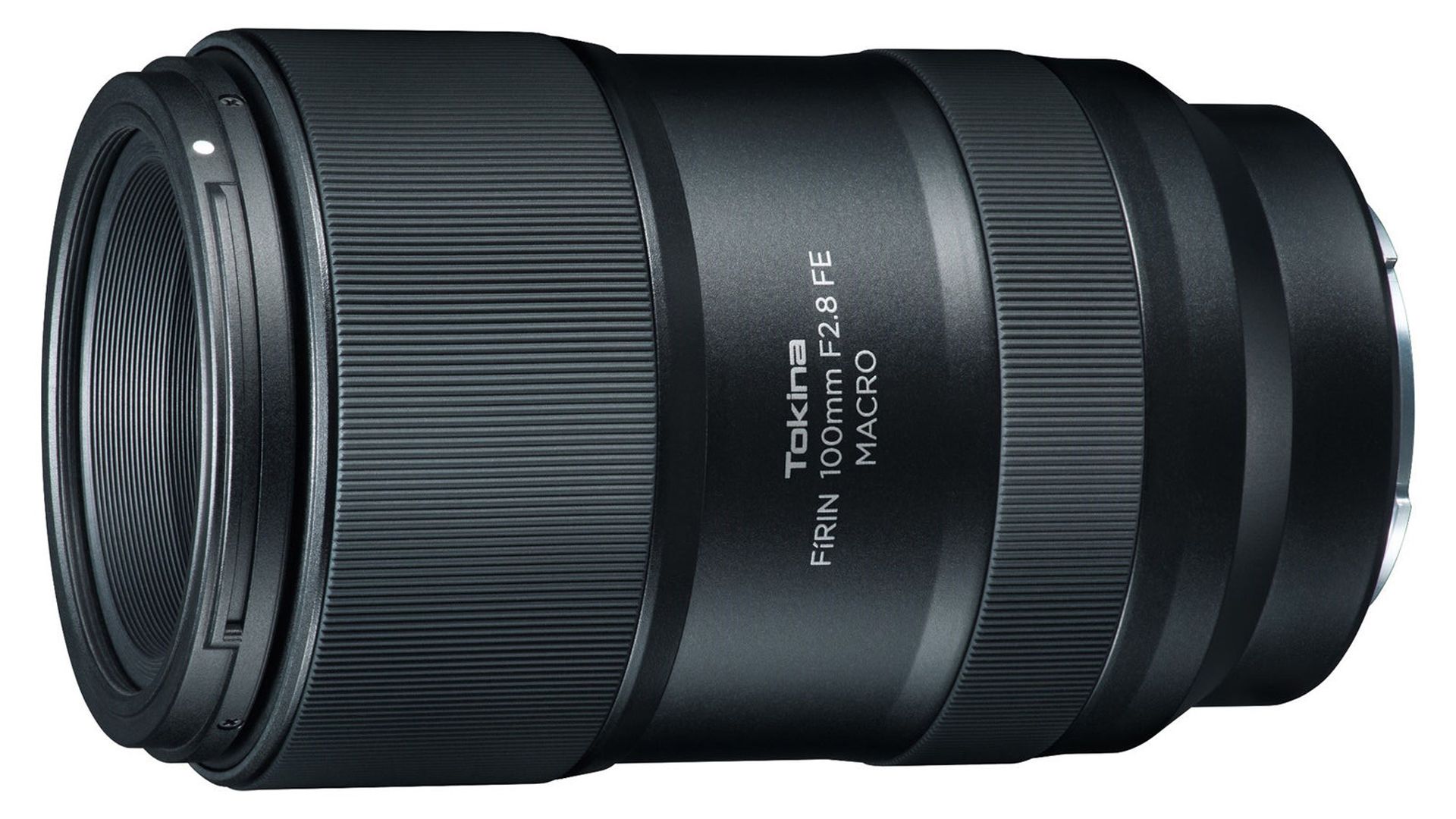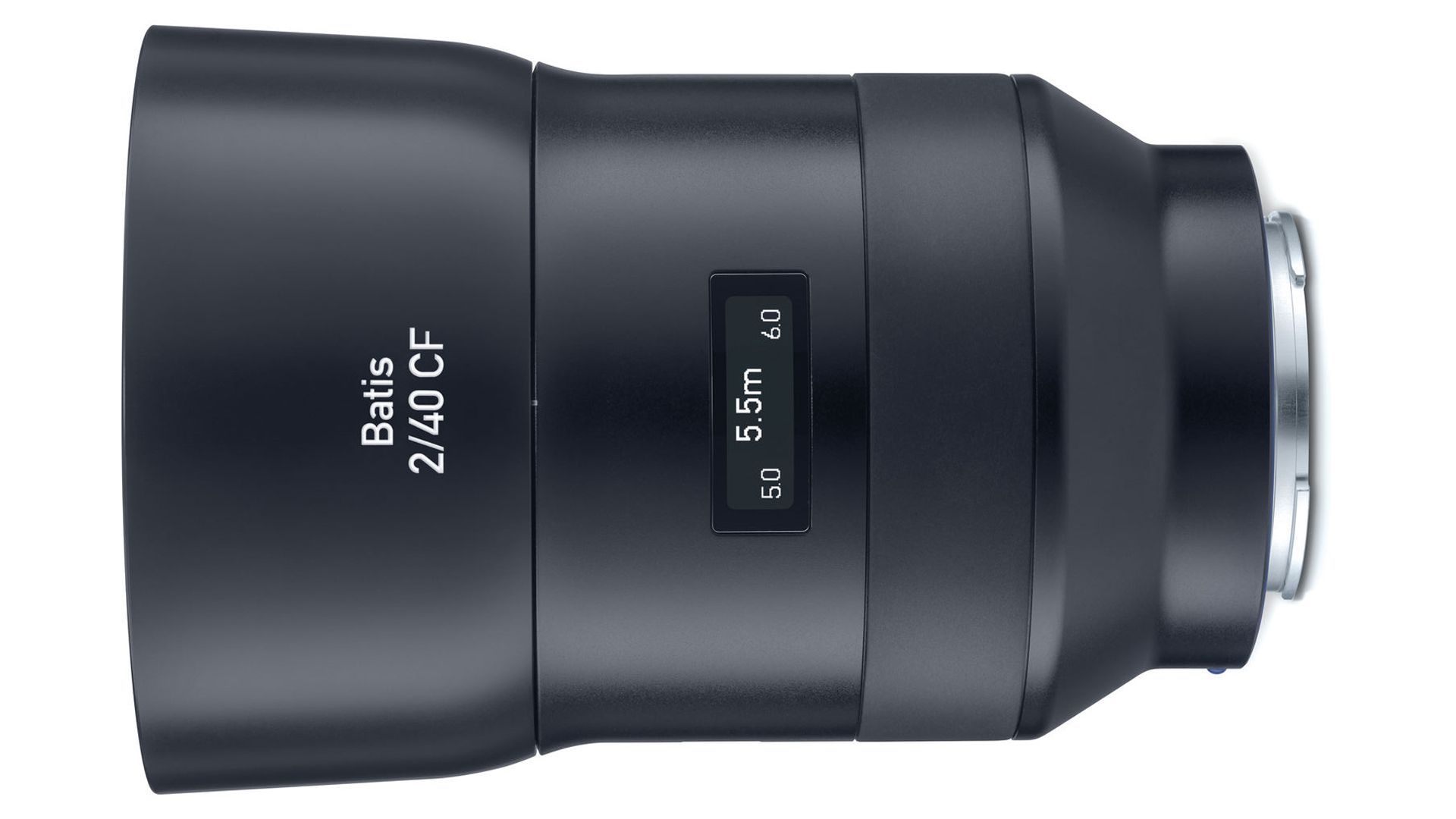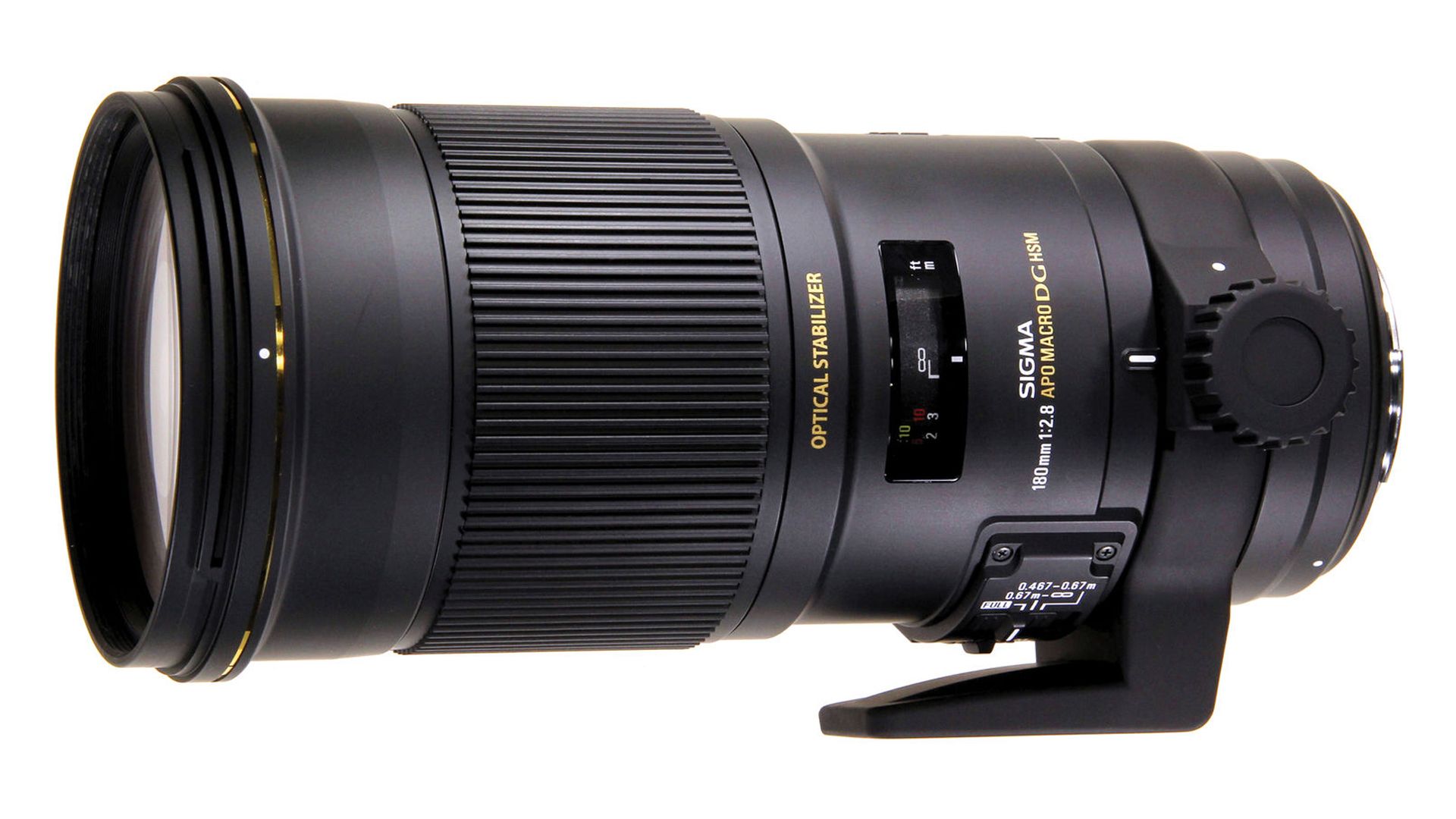What Is A Macro Lens?
The term “macro” is typically used to denote anything associated with close-up photography. The vast majority of compact cameras have a mode that allows macro shooting, and many more zoom lenses utilise the term “macro” in their title.
In most cases, macro lenses can reproduce a small object at up to 0.5x its life-size using the camera’s imaging sensor. Dedicated macro prime lenses can magnify objects up to 1.0x or 1:1 at their closest focus distances. This may not sound like much, but an APS-C format image is only roughly the size of a postage stamp.
If you have ever wondered how a macro lens works or what a macro lens does, the following information will help you understand them more extensively.
What Does a Macro Lens Do?
Many people do not know what a macro lens is. Macro lenses are designed to have a short minimum focus distance. In other words, a macro lens can focus on subjects that are extremely close to the front of the lens, which is immensely important when achieving close-range shots.
The ultimate goal of a macro lens is to reproduce any object you shoot in either life-size or a slightly smaller size.
For example, if you were to take a photograph of a butterfly up close using a macro lens that can reproduce life-size objects, the image framed on the digital sensor is exactly as large as the butterfly.
How Does a Macro Lens Work?
The ratio on a lens refers to the reproduction dimensions the lens can reproduce in pictures. If a lens has a ratio of 1:1, it can reproduce life-sized images. If it has a ratio of 1:2, it can reproduce images at half their original size. A macro lens with a 2:1 ratio is capable of reproducing pictures at double their life-size dimensions. Most high-quality macro lenses have a 1:1 ratio.
It is also important to note that a considerable number of macro lenses come with flat focus fields that are different from traditional curved focus fields associated with other lenses.
If you are used to a traditional curved lens, which can give you a sharper image in the center of the image than at the edges, you may not want to use a macro lens. However, if you want to focus from one side of the frame’s edge to the other, which will result in a clearer overall picture, a macro lens may be what you need.
What is a Macro Lens Used For?
There are different classifications of macro lenses depending on what they are being used for:
Standard Macro Lens (60 to 105mm):
The most common focal length range of macro lenses is between 60 and 105mm. This is a popular range because it allows the lens to double for use in portraits, so they sit in the middle of the shortest and longest macro lens range available. Most users will have between 23 and 30 cm of working space when employing a standard lens. Standard lenses are also great for portraits because the longer focal length can flatten facial features.
Our most popular standard macro lens: Tokina FíRIN 100mm F/2.8

Short Macro Lens (30 to 50mm):
Short macro lenses work best with smaller sensor cameras. The shorter focal length allows a greater depth of field to work with, which can be advantageous since shallow depths of field can be difficult to work with at such close distances. Shorter lenses are more cost-effective and lightweight, so they work well for traveling photographers. However, you will have to get closer to your subject since you will more than likely be working less than 15 cm away.
Our most popular short macro lens: ZEISS Batis 40mm F/2.0 CF

Tele-Macro Lens (150 to 200mm):
On the opposite end of the spectrum is the tele-macro lens that gives you a working distance between 31 and 61 cm at 1:1 magnification. This type of lens is best to use with difficult or skittish subjects that require you to put more space between the camera and the subject. You will, however, have to make slight accommodations when shooting with such lenses because they require a larger filter, which is heavier and larger than most macro lenses. Tele- macro lenses also tend to be the most expensive type of lens
Our most popular tele-macro lens: Sigma 180mm F2.8 EX DG OS HSM

What is Focal Length?
The focal length of a lens refers to the distance between the image plane to the optical center of the lens. Many people erroneously believe that the longer the focal length is, the more magnification you will get. This is not true – a macro lens with a 1:1 ratio will have the same magnification as any other 1:1 lens at any other focal length.
The primary difference between using a wide-angle or normal macro lens comes down to the working distance. A long macro lens will give you a greater working distance than a short lens. You will also be able to step farther away from your subject when shooting.
Macro lenses can also be used for non-macro purposes. This means you can double-up on the usability of a lens if you need a lens with the same focal length. This can save you money in the future.
What is Focal Length?
Extension tubes are simply rings that fit between the lens and the body of your camera. They push the lens farther away from the sensor, altering the focus range. They can allow you to move closer to your subject, but there are no lenses inside extension tubes.
There are no electrical contacts that pass control information from the camera to the lens, so other than moving the lens, they do nothing else. When using an extension tube, you can lose the ability to focus on things far away.
Overall, extension tubes are larger and heavier than a dedicated macro lens, and macro lenses provide more magnification. Some subjects may be photographed well with extension tubes, but if you really want to focus on your subject, you should utilise a macro lens.
C.R. Kennedy is one of Australia’s leading distributors of cameras and photographic equipment. We offer a wide range of macro lenses, camera lenses, extension tubes
If you need more information on macro lenses and camera lenses in general, check out more articles on the C.R. Kennedy blog.
